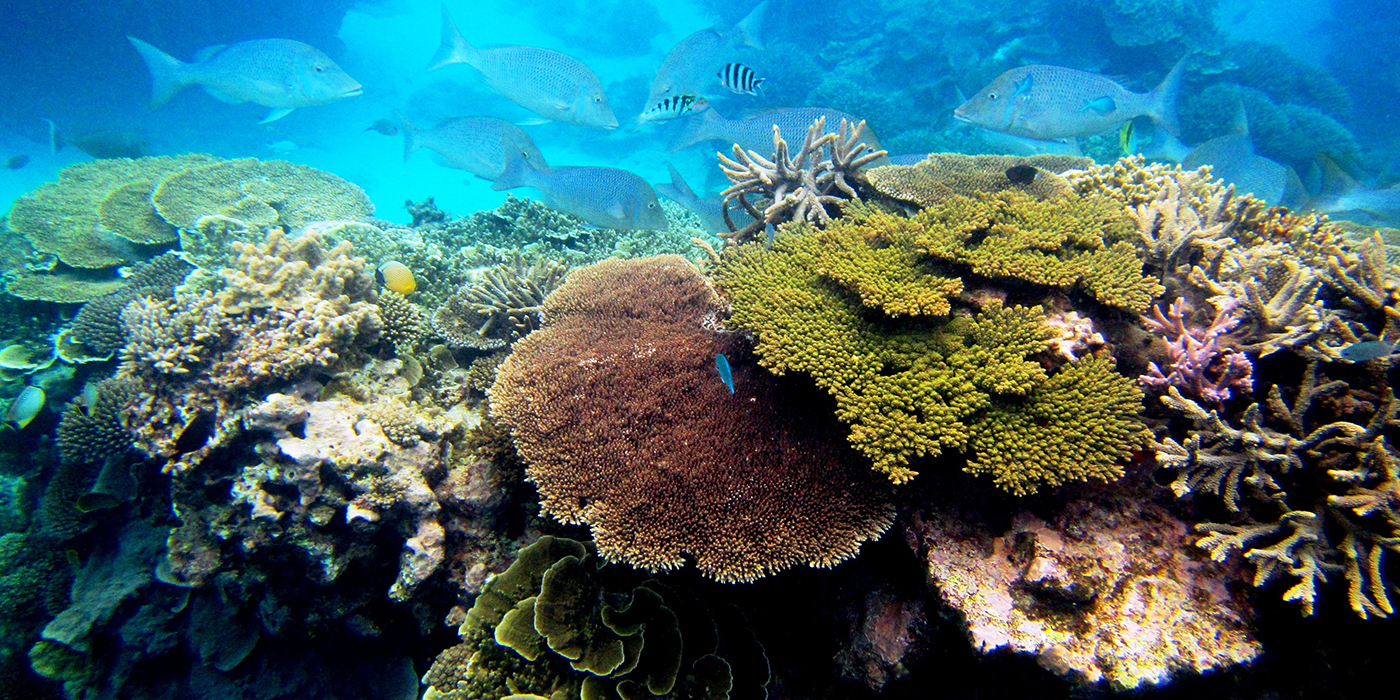Smithsonian Scientists Partner With a Global Alliance to Sequence DNA From All Complex Life on Earth
Smithsonian scientists are part of an expanding global effort set to tackle what could be the most ambitious project in the history of biology—sequencing the DNA of all eukaryotic species on Earth, which includes all plants, animals, fungi and algae. The massive initiative, called the Earth BioGenome Project, could completely transform the understanding of life on the planet, and the team thinks it can happen in as little as 10 years. They outline the Earth BioGenome Project’s goals and potential benefits in the Proceedings of the National Academy of Sciences (PNAS) April 23.
When completed, the outcomes of the Earth BioGenome Project will inform a broad range of major issues facing humanity, such as the impact of climate change on biodiversity, the conservation of endangered species, the preservation of entire ecosystems and the enhancement of ecosystem services. But getting there is no small feat—to date, the genomes of less than 0.2 percent of known eukaryotic species have been sequenced (fewer than 2,600 species), and there are potentially 10 to 15 million or more species still unknown to science. This may be why the team has referred to the project as a “moon shot for biology.”
“The Earth BioGenome Project, which began as a bold vision by a handful of scientists just a few years ago, is now shaping up to be possibly one of the grandest biological endeavors of all time,” said John Kress, research scientist and curator of botany at the Smithsonian’s National Museum of Natural History. “The outcome could reshape our knowledge of the evolution of life and the benefits of biodiversity to humankind.”
With the central goal to understand the evolution and organization of life on the planet, and potentially revealing unknown and new species as it progresses, the Earth BioGenome Project will offer a vital new resource for global innovations in conservation, technology and genomics. The team thinks the project is also essential for developing new drugs for diseases and creating new biological synthetic fuels, biomaterials and food sources for the rapidly growing human population.
In the PNAS perspective paper, 24 interdisciplinary experts involved with the Earth BioGenome Project from the U.S., Africa, Australia, Brazil, Canada, China and the European Union provide a rationale for why the project should go forward and outline how it can be achieved.
“Although a global enterprise of this scale might initially seem technically challenging or expensive, we are confident that we currently have all of the necessary tools and knowledge to accomplish these audacious goals through coordinated high-throughput workflows that are replicated in ecosystems throughout the world,” said Warren Johnson, a research zoologist at the Smithsonian Conservation Biology Institute. “We are fully aware that the longer we wait to get organized and started, the more likely we are to lose important biological insights of our planet’s biodiversity.”
The genomic data collected as part of the Earth BioGenome Project will be a freely available resource for scientific discovery and the resulting benefits shared with countries and communities around the world.
Natural history museums and botanical gardens will serve a critical role in providing the expertise on the classification of biodiversity and the necessary genomic samples for analyses to ensure success of the Earth BioGenome Project. The National Museum of Natural History’s Global Genome Initiative (GGI) is already filling their liquid-nitrogen tanks with samples provided by scientists from around the globe.
“GGI’s goal is to preserve and understand the genomic diversity of life,” said Jonathan Coddington, director of GGI. “Earth BioGenome Project is GGI 2.0, and a very natural, if ambitious, extension of the GGI mission.”
Technology will be key to the project, such as terrestrial and underwater robots, portable genetic sequencers and instrumented drones that can go out, identify samples in the field, and bring those samples back to the laboratory. When completed, the project is expected to require about one exabyte (1 billion gigabytes) of digital-storage capacity.
Researchers estimate the proposed initiative will take 10 years and cost approximately $4.7 billion. To put that price tag in context, the authors point to the Human Genome Project (a 90 percent-complete sequence of all 3 billion base pairs in the human genome), which cost roughly $4.8 billion in today’s dollars and which, they report, generated an estimated return-on-investment ratio of 141-to-1.
The Earth BioGenome Project also wants to ensure that any benefits arising from the project are equably shared with stakeholders, such as the countries that harbor the genetic resources the project will need. The project will move forward with all activities consistent with the Nagoya Protocol on Access to Genetic Resources and the Fair and Equitable Sharing of Benefits Arising from their Utilization. A diverse coordinating council with members from around the world will head a global network of collaborators. The council also will include representatives of several current large-scale genomics projects.
# # #
Photo: Smithsonian's National Zoo and Conservation Biology Institute


